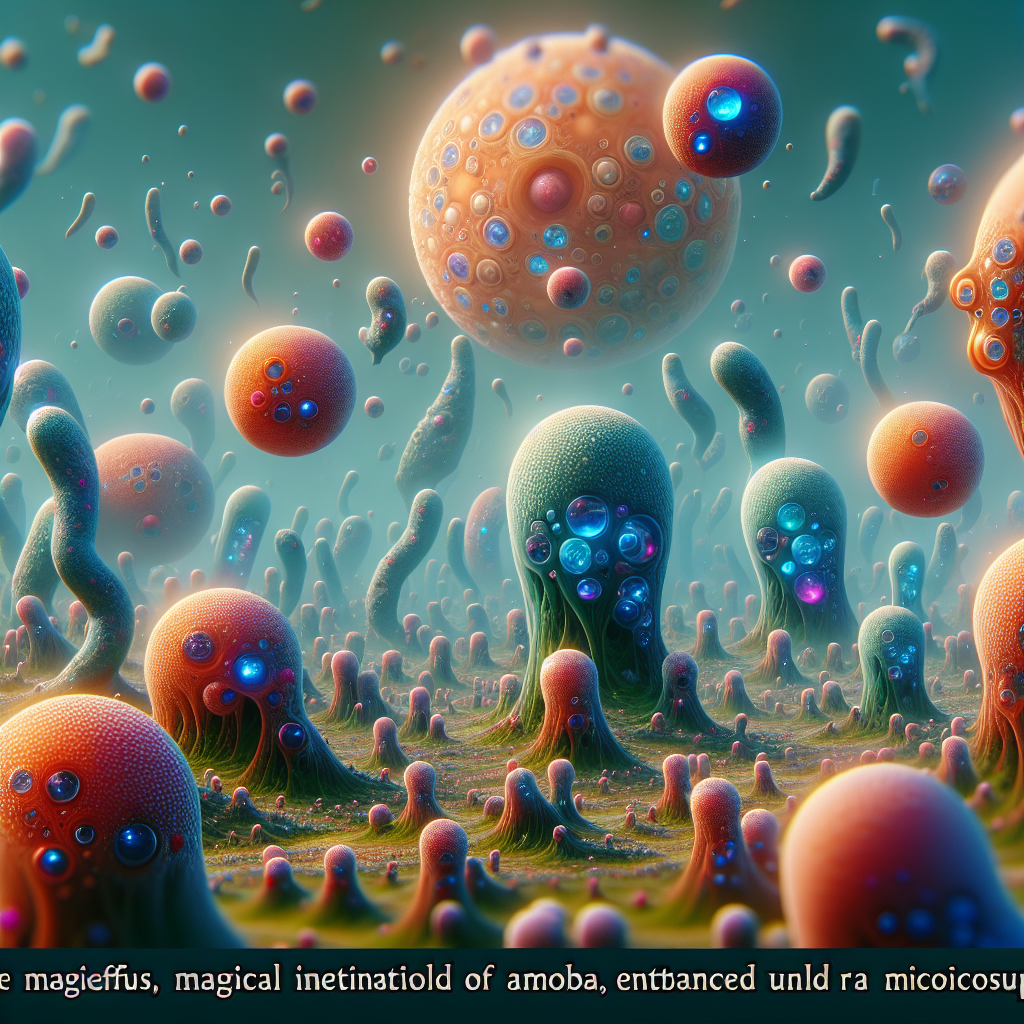Imagine a world where shape doesn't stick. That's the fabulous realm of Tubulinea, a group of amoeboid organisms that make up one of the main classes of Protista, scientifically fascinating blobs of life. These gooey wonders have been capturing the curiosity of scientists and nature enthusiasts alike. First identified as a separate class in the early 21st century, Tubulinea can be found thriving in watery environments across the globe. They contribute significantly to our understanding of biological diversity and evolutionary processes.
Tubulinea are single-celled organisms that belong to the Amoebozoa supergroup. They are particularly interesting because, unlike many other amoebas, they typically maintain a tubular pseudopodia, or a type of cell projection that is used for movement and feeding. Think of it as a mini-tool they use to navigate their invisible worlds. But what really sets them apart is their remarkable versatility and ability to adapt to different ecological niches, making them critical players in the ecosystem, breaking down organic matter and cycling nutrients.
Despite their tiny size, Tubulinea are immense in their ecological impact. They help breakdown organic material, which enriches soil quality and promotes plant growth. Their ability to adapt means they can thrive in various environments, although they predominantly thrive in moisture-rich habitats like soil, freshwater, and marine ecosystems. The natural diversity within the Tubulinea class underscores the sheer complexity and adaptability of life.
The study of Tubulinea also offers fascinating insights into the process of evolution. By looking at these organisms, scientists can trace back evolutionary lineages and understand how life adapts in microcosmic environments. This challenges preconceived notions about life’s complexity and underscores the interdependence of species within an ecological system. For some, studying these tiny organisms may seem insignificant, but they provide essential insights into fundamental biological processes.
While primarily of interest to scientists, Tubulinea can spark curiosity among nature lovers and anyone fascinated by the often-overlooked details of our world. Many times, science can seem distant or irrelevant, but examining life at such a basic level helps bridge gaps in knowledge, connecting the micro to the macro. Some might question the importance of studying Tubulinea, wondering why such effort should go into understanding something so small. On the flip side, those who appreciate biodiversity see Tubulinea as a testament to nature's ingenuity and resilience. They serve as a reminder of the surprising complexity found within simplicity.
As we push the boundaries of genetic and environmental research, Tubulinea play a pivotal role in understanding basic life processes. Their relatively simple structures might offer clues about how multi-cellular organisms evolved and adapted. As environmental issues and habitat destruction rise to the forefront of global concerns, the ecological role of Tubulinea becomes even more critical. These organisms quietly remind us of our ecosystem’s delicacy and the interconnectedness of life on Earth. It’s about recognizing that every form of life, no matter how small, plays an integral part in sustaining the balance of our world.
Gen Z, with its environmental consciousness, might find studying Tubulinea both intriguing and relevant. There’s power in understanding these minute organisms and appreciating their role in larger ecologies. This serves as a wake-up call that even the seemingly insignificant deserves our attention and respect. Embracing the peculiar world of Tubulinea pushes us to acknowledge our shared environment from a new perspective, one that values all lifeforms, regardless of their size or simplicity.

